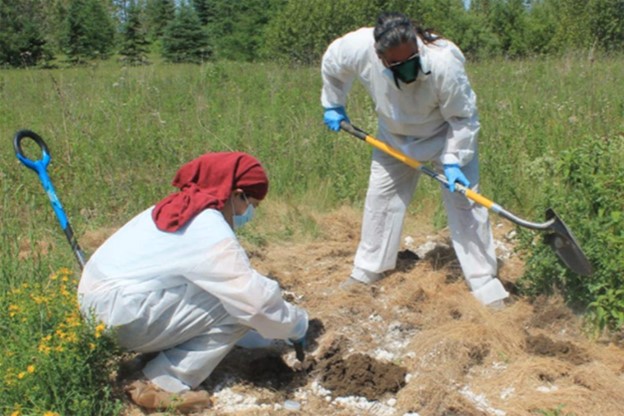Superfund Research Program
April 2024

Scientists supported by the NIEHS Superfund Research Program (SRP) together with community and Mi’kmaq Nation tribal members are using plants to remove PFAS from a contaminated site in northern Maine, a technique known as phytoremediation.
Mi’kmaq members partnered with the organization Upland Grassroots to use fiber hemp plants for PFAS remediation at the former Loring Air Force Base site. However, hemp plants are not able to remove all PFAS from soil and water. To address this challenge, Mi’kmaq members contacted the Connecticut Agricultural Experiment Station (CAES), who teamed up with researchers at Yale University and the University of Minnesota to study how nanomaterials can improve the ability of plants to absorb PFAS.
“Listening to the needs of community researchers and designing projects around their interests and capabilities has been key to our success,” said CAES project researcher Sara Nason, Ph.D. “I hope that our work with Upland Grassroots and the Mi’kmaq Nation can be an example to other scientists doing community-based research.”
To learn more, see the NIEHS Environmental Factor Newsletter.


